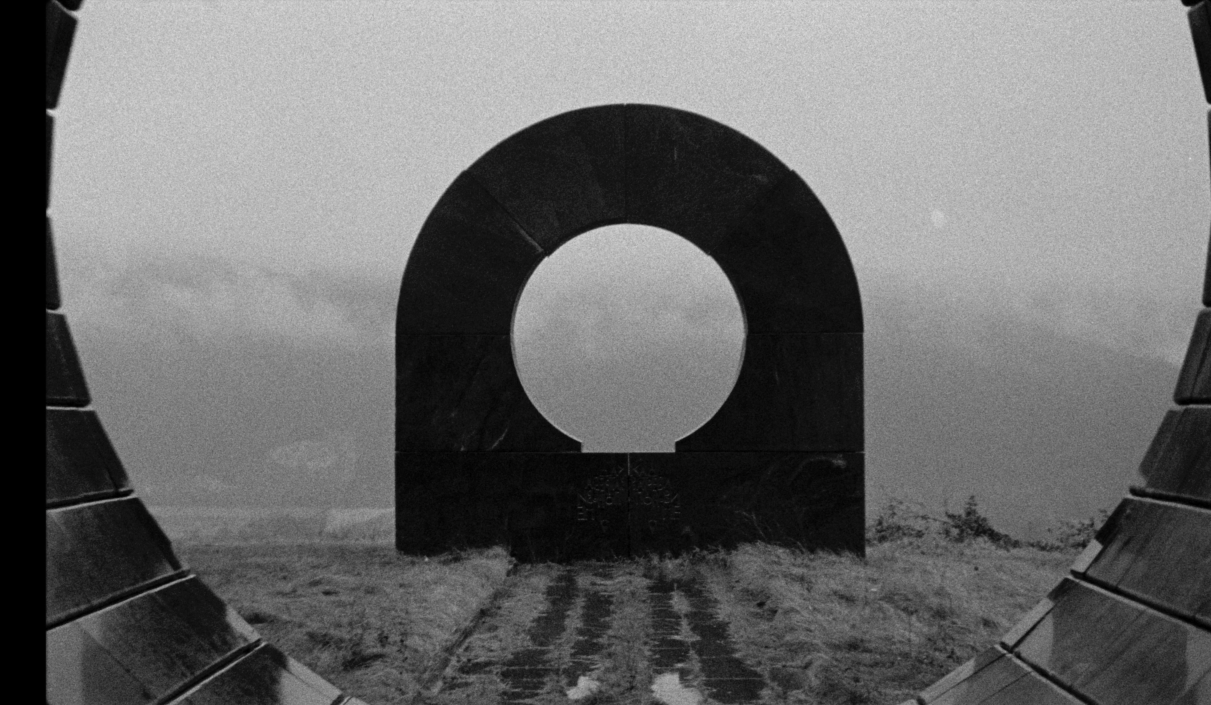Not your usual sci-fi movie
“Listen patiently.” Tilda Swinton’s voice reverberates against an orchestral score while the camera pans out on a sculptural installation. Then, the screen goes black.
Directed by Jóhann Jóhannsson and originally released in 2017 prior to his passing, Last and First Men, presented by the Festival du nouveau cinéma, is not your average sci-fi movie.
Based on Olaf Stapledon’s 1930 science-fiction novel Last and First Men: A Story of the Near and Far Future, the film tells a message from billions of years into the future. The message is an alert to humanity, warning them of their inevitable extinction.
If you’re looking for an action-packed sci-fi movie, this is not it.
The experience resembled that of watching a nature documentary (Swinton might just be David Attenborough’s female counterpart). Her narration, which is similar to a dramatic audiobook reading, spans the length of the film and can be heard over the liturgical-style instrumental music composed by Jóhannsson himself.
The film offers an abstract anecdote of a post-apocalyptic world; there is no acting, there are no characters. Throughout the film, the camera pans over grayscale futuristic architectural details and archaeological sites. The stark architectural elements, which are socialist-era monuments and can be recognized as Spomeniks from the former Yugoslavia, contrast Swinton’s smooth voice. Her narration is at once compelling and deadpan.
Like watching a documentary or walking through an exhibition gallery, Last and First Men requires full and undivided attention. Jóhannsson’s film captures what it means for a film to be considered art.




